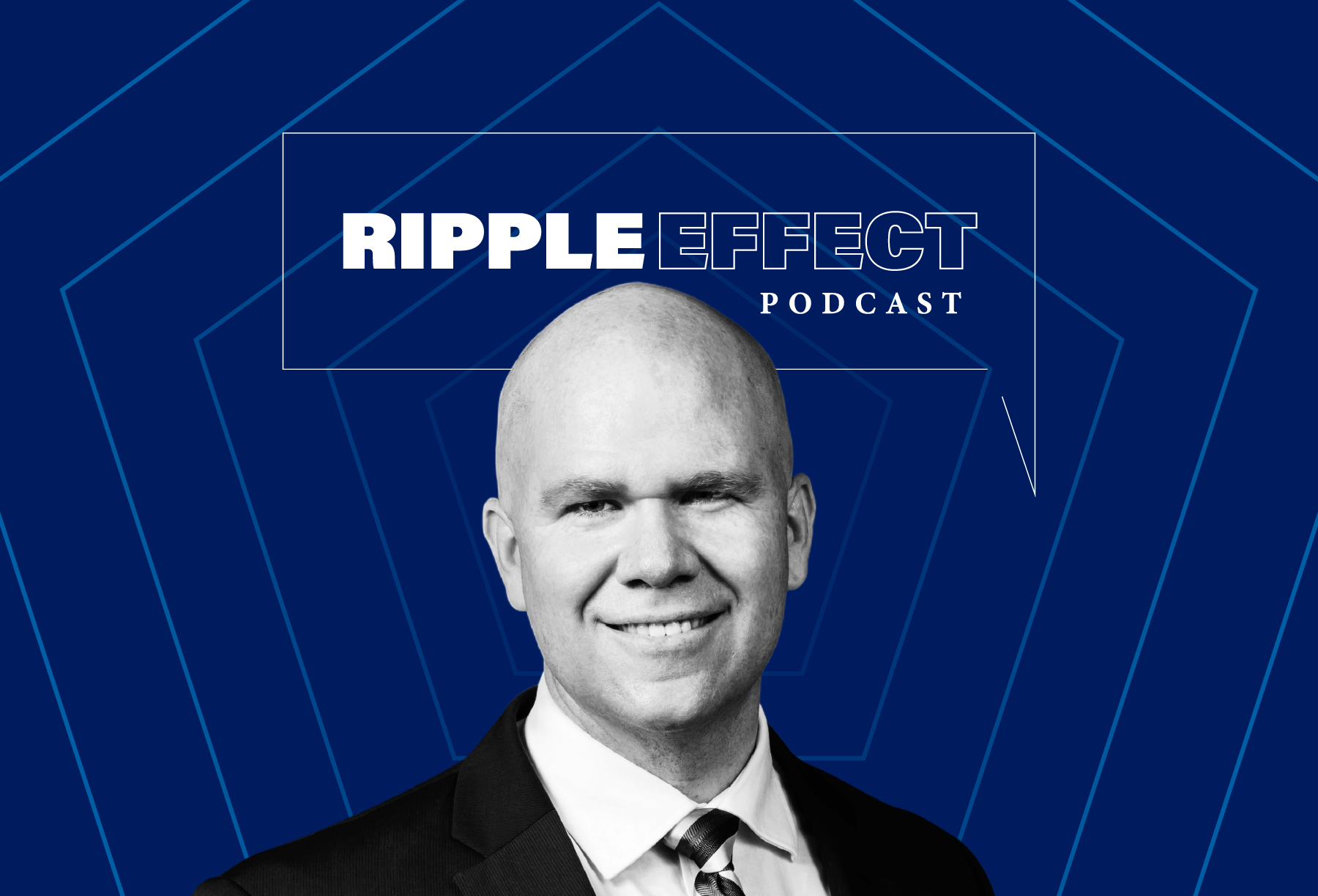Understanding the Basics of Dividends
Dividends are essentially a slice of a company’s earnings paid to shareholders, often on a quarterly basis. The decision to pay dividends, along with the exact amount, is determined by the board of directors, based on the company’s recent earnings. It’s important to note that not all companies pay dividends; some prefer to reinvest their earnings back into the business for potential growth. For instance, many young and fast-growing companies in sectors such as technology and biotech do not distribute dividends. These companies are often in the early stages of their development and prefer to utilize their earnings for research, development, and expansion activities. However, a consistent track record of paying dividends can make a company’s stocks more attractive to investors. It’s seen as a sign of financial stability and profitability.
How Dividends are Paid
Dividends are paid on a schedule set by the company’s board and can be distributed monthly, quarterly, or annually. The payment is made to common stock shareholders of dividend-paying companies, provided they own the stock before the ex-dividend date. This date is essentially a cutoff for assigning the dividend payment when shares change hands. In addition to regular dividends, companies can issue special, non-recurring dividends either individually or in addition to a scheduled dividend.
Impact of Dividends on Share Price
The announcement of a dividend payment can affect a company’s share price. For instance, if a company trading at $60 per share declares a $2 dividend, the share price may increase to $62 as the news becomes public. However, on the ex-dividend date, the price may fall below its previous price as any purchases made on or after this date will not receive the dividend.
The Importance of Dividends to Investors
Dividends are a crucial factor for many investors when choosing which stocks to invest in. They provide an income stream in addition to any potential capital gains from an increase in share price. This is particularly attractive to income-focused investors, such as retirees. Furthermore, regular and increasing dividends are often viewed as a sign of a company’s health and stability. They can be an indication that the company is doing well and generating good profits.
Dividend-Paying Companies vs. Those That Don’t
Not all companies distribute dividends. Larger, established companies with predictable profits are often the best dividend payers. These firms are often in sectors such as basic materials, oil and gas, banks and financial, healthcare and pharmaceuticals, and utilities. On the other hand, young, fast-growing companies, especially in the technology and biotech sectors, often do not pay dividends. Instead, they reinvest their profits back into the business for further expansion and growth.
Tax Implications of Dividends
It’s also worth noting that dividends are subject to tax. The tax treatment of dividends can vary depending on the jurisdiction. Some countries offer favorable tax treatment for dividend income, which can make dividend-paying stocks more attractive to investors in high tax brackets.
Conclusion
While dividends are not the only factor to consider when investing in stocks, they are a significant aspect that can influence investment decisions. Whether a company pays dividends, how much it pays, and how often it pays can tell an investor a lot about the company’s financial health and future prospects. For more information on dividends, investing, and financial planning, follow and subscribe to our updates at fintechfilter.com.






